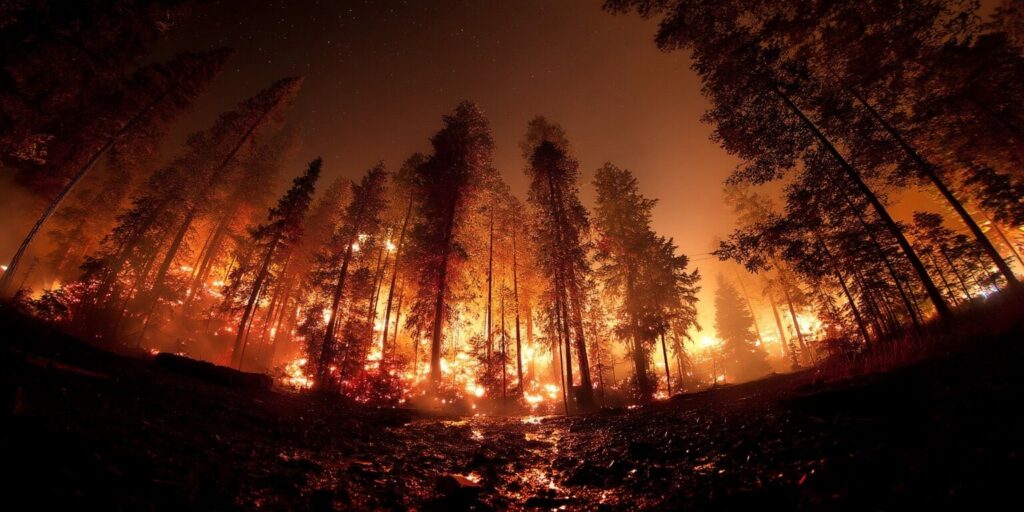Wildland firefighting demands extreme physical performance in hostile environments. Among the most invisible and dangerous risks is heat stress, the body’s response to prolonged exposure to heat. Detecting it in time can make the difference between effectiveness and emergency.
What is?
It is a build-up of body heat caused by high ambient temperatures, intense physical effort, and protective gear that limits the body’s ability to dissipate heat. In wildland fires—where radiant heat and workload are extreme—this risk is multiplied.
The body tries to regulate internal temperature through sweating and increased blood flow. When these responses are not enough, dangerous heat accumulation occurs, leading to dehydration, cramps, exhaustion, or heat stroke.
Symptoms of heat stress in wildland firefighters
Recognizing the early signs of heat stress is key to preventing serious consequences. Common symptoms include:
- Excessive sweating or, in advanced cases, lack of sweat.
- Dizziness, weakness, or disorientation.
- Headache, nausea, or vomiting.
- Red or dry skin.
- Rapid heartbeat and extreme fatigue.
Heat stroke, the most severe form of heat stress, requires immediate medical attention, as it can cause brain damage or even death.
Factors that increase heat stress risk
In the field, several conditions can heighten the likelihood of suffering from heat stress:
- High ambient temperature and low humidity.
- Direct exposure to fire or hot surfaces.
- Personal protective equipment (PPE) that reduces ventilation.
- Lack of hydration and rest.
- Continuous workload without adequate breaks.
That’s why proper planning and the use of self-protection technology are essential for safety.
Preventing heat stress in wildland operations
ISK Fire Survival develops solutions designed to mitigate the effects of extreme heat on both personnel and vehicles during wildfires. Equipment such as the Integral Safety Kit (ISK), the Collective Shelter FS2, and the Fire Curtains FS5 help reduce thermal exposure and create safe zones.
Beyond technology, prevention should rely on three key pillars:
- Constant hydration: drink before feeling thirsty and replenish electrolytes.
- Scheduled breaks in shaded or sheltered areas.
- Training in symptom recognition and first aid.
Implementing these measures not only protects the firefighter’s health but also enhances operational performance and reaction capacity.
Heat stress can develop within minutes and compromise an entire operation. Knowing its symptoms, understanding its causes, and applying effective prevention strategies is a shared responsibility between teams and institutions.
ISK Fire Survival, through its comprehensive self-protection approach, strengthens the commitment to the safety of those who face the fire. Because when everything fails, ISK stands.
